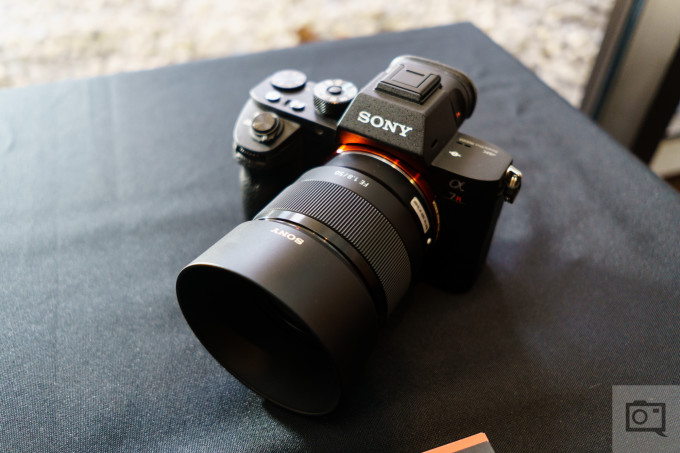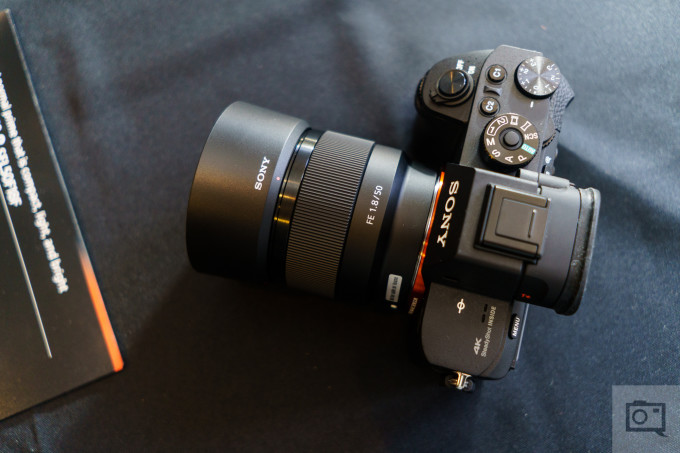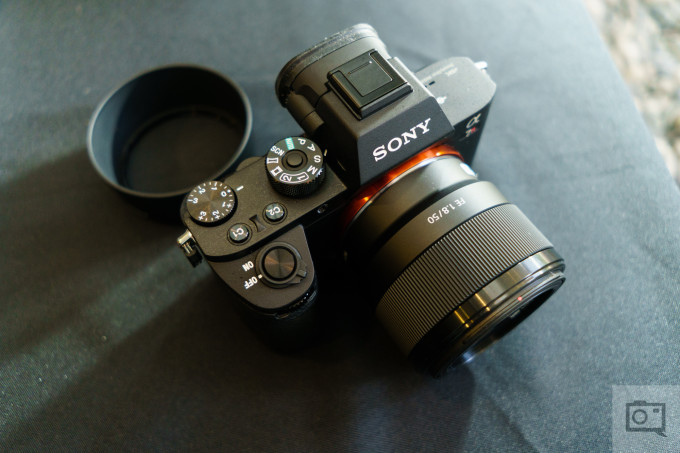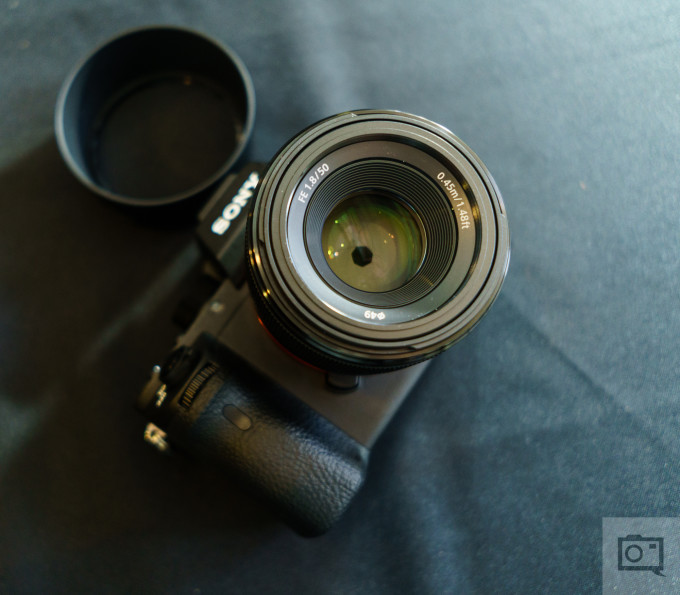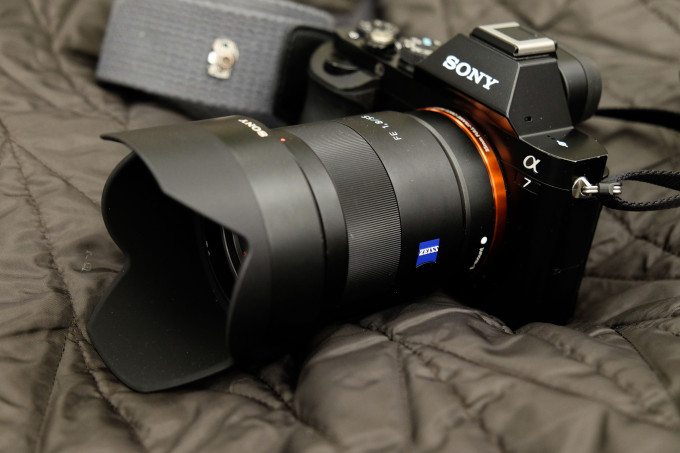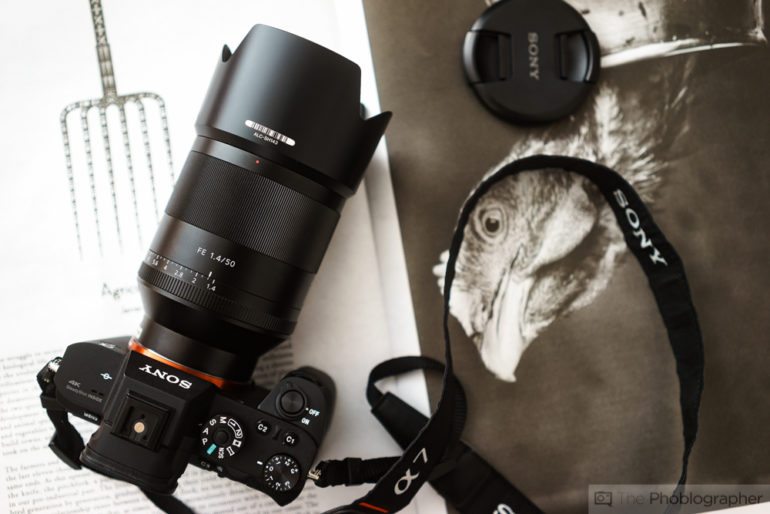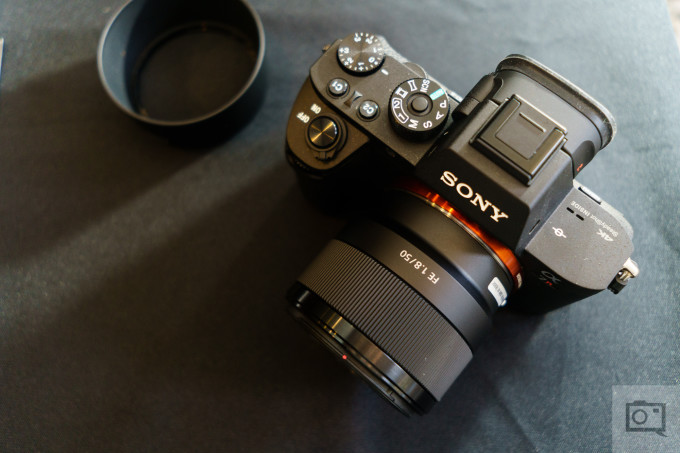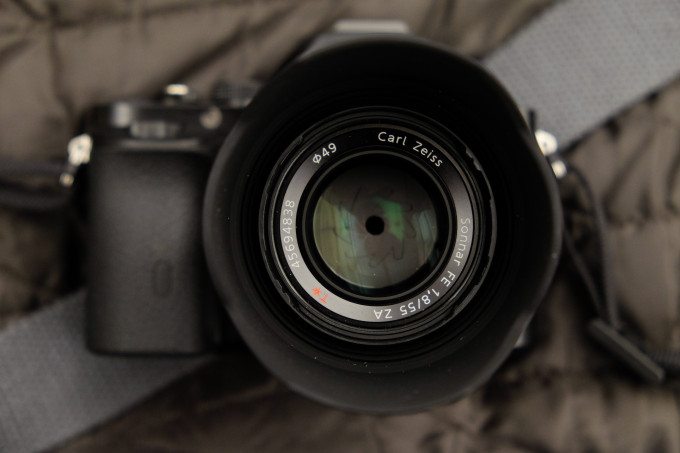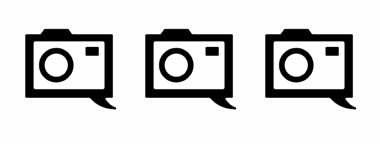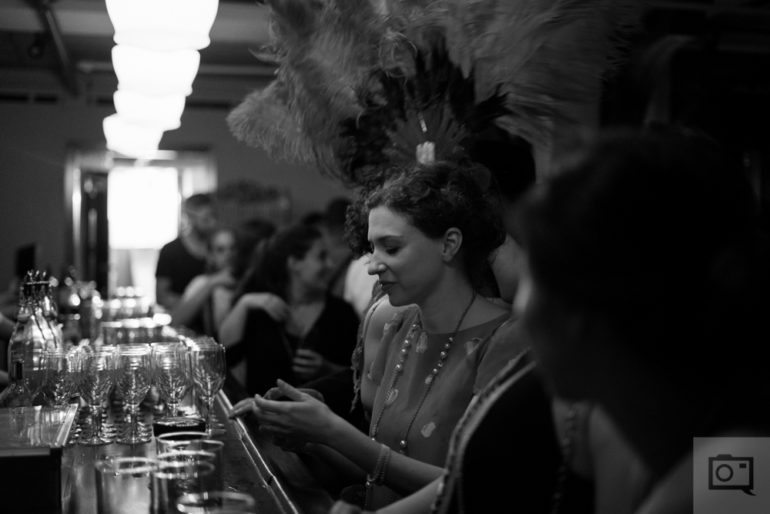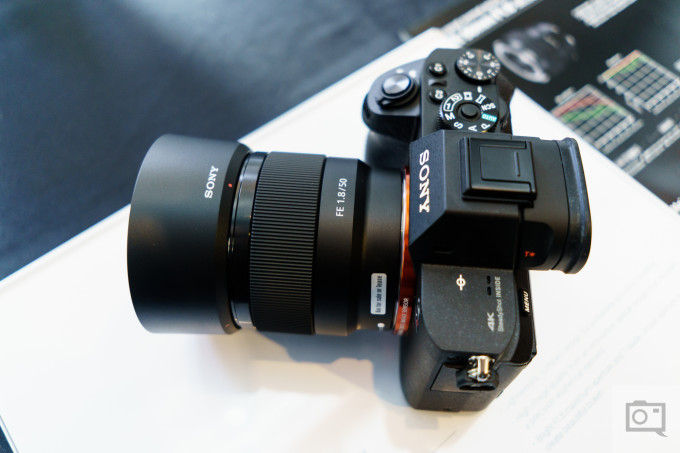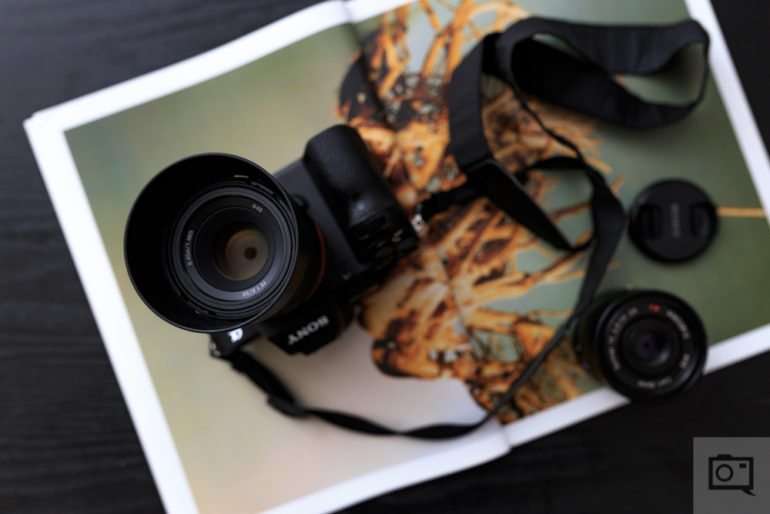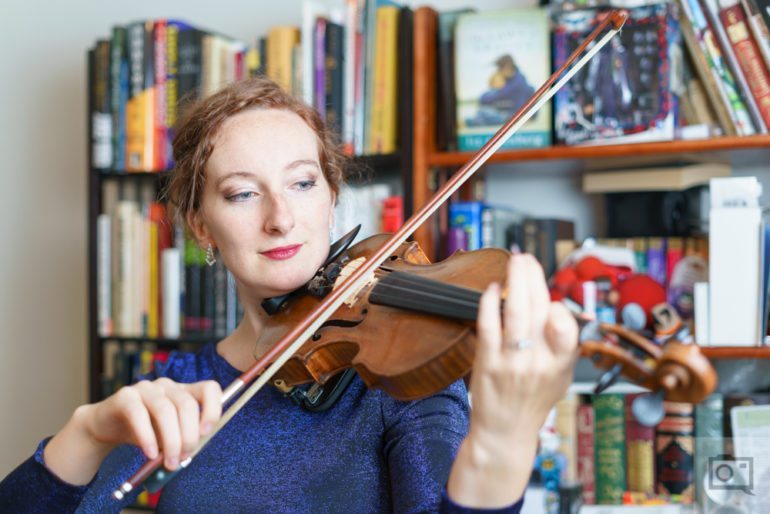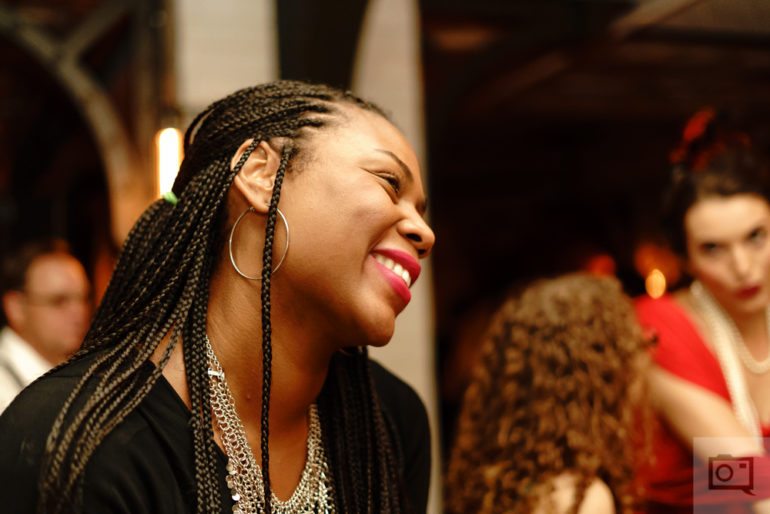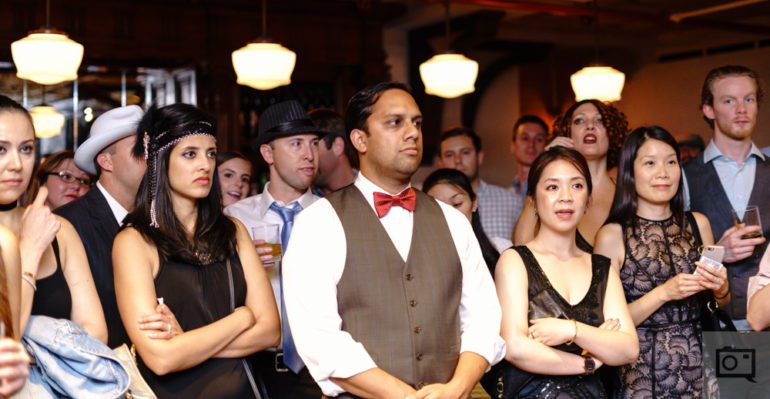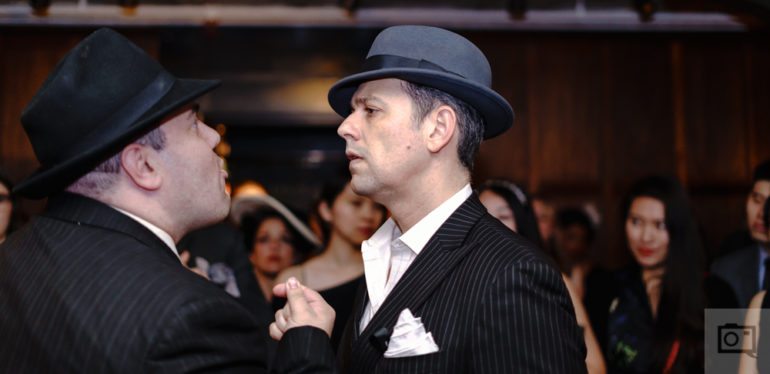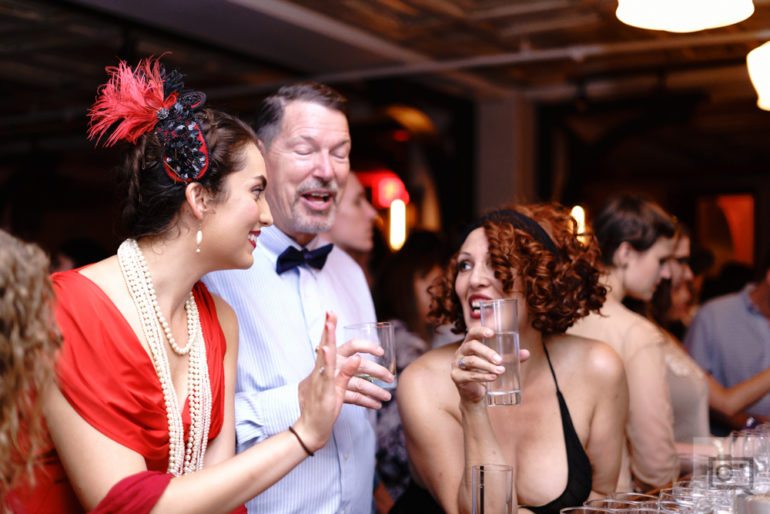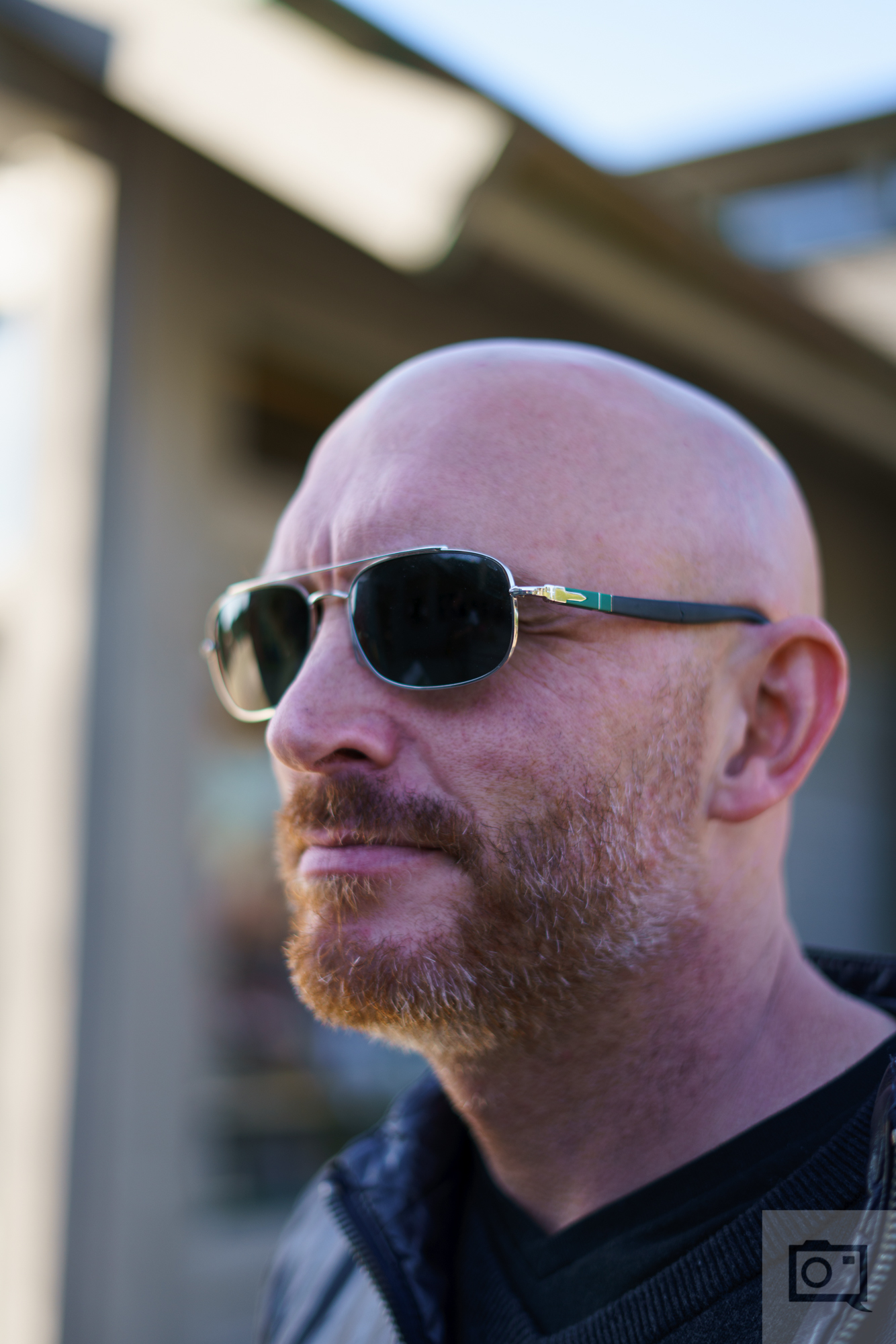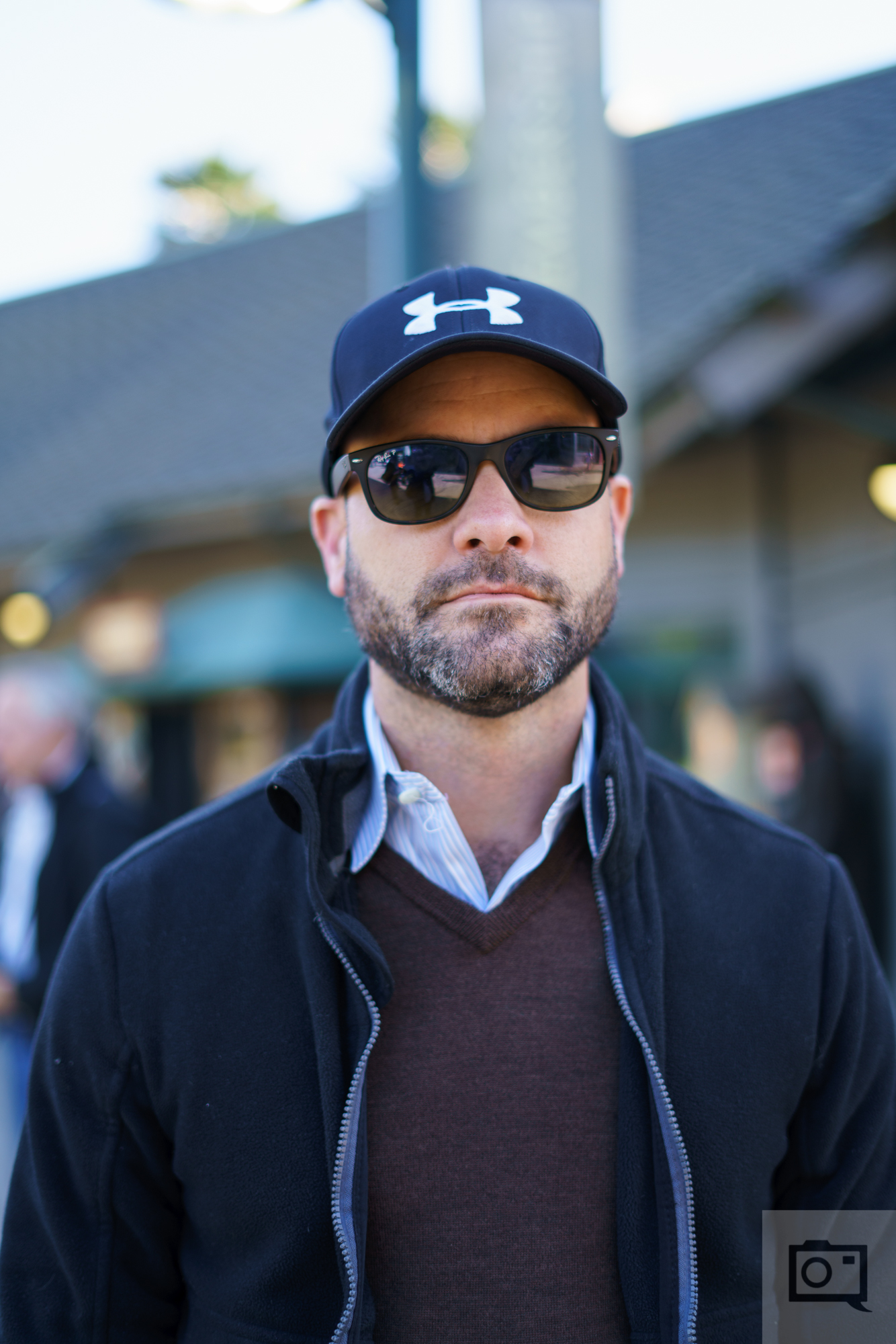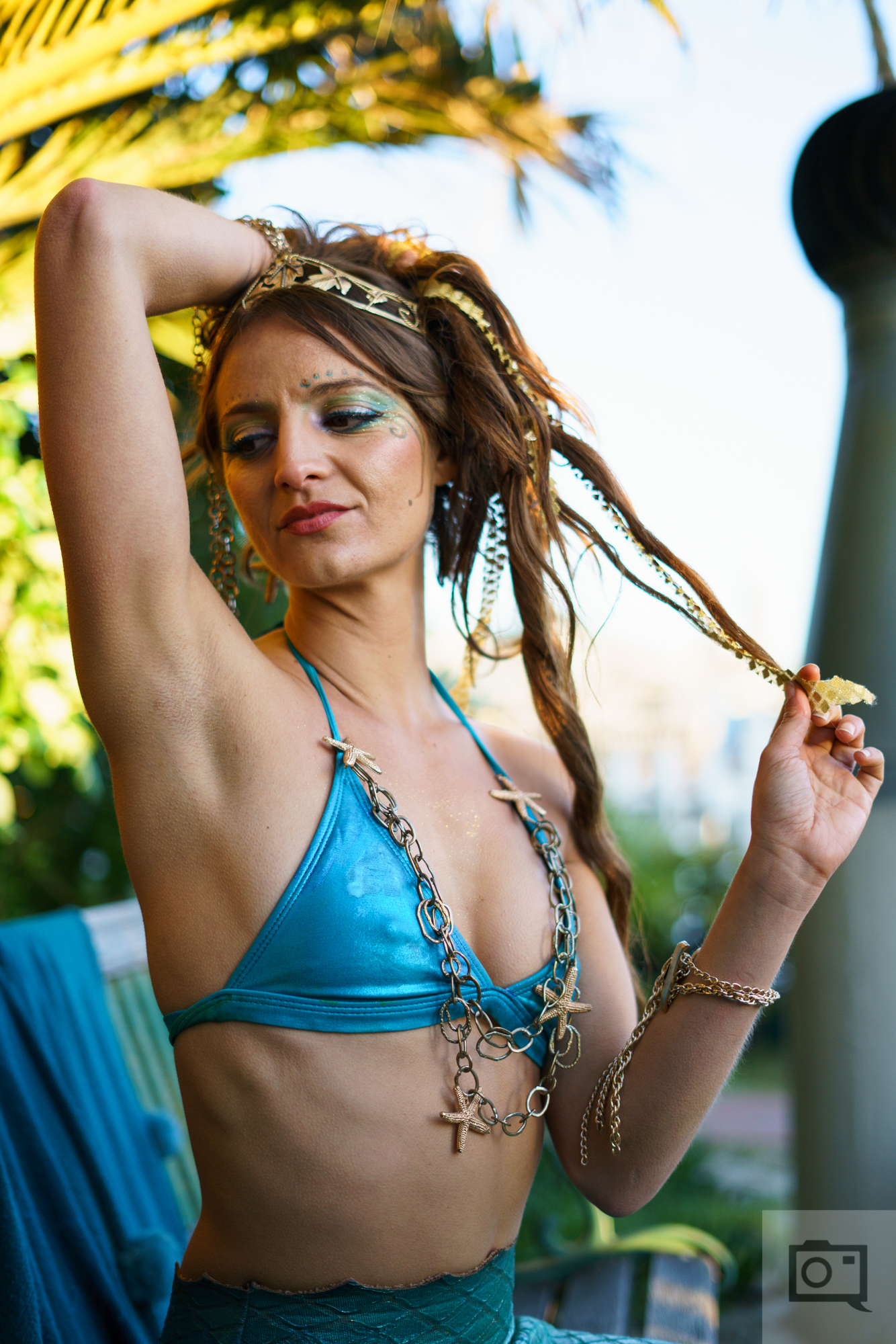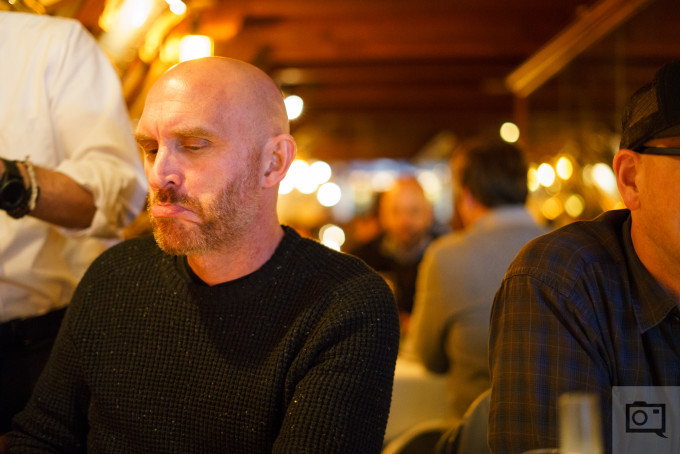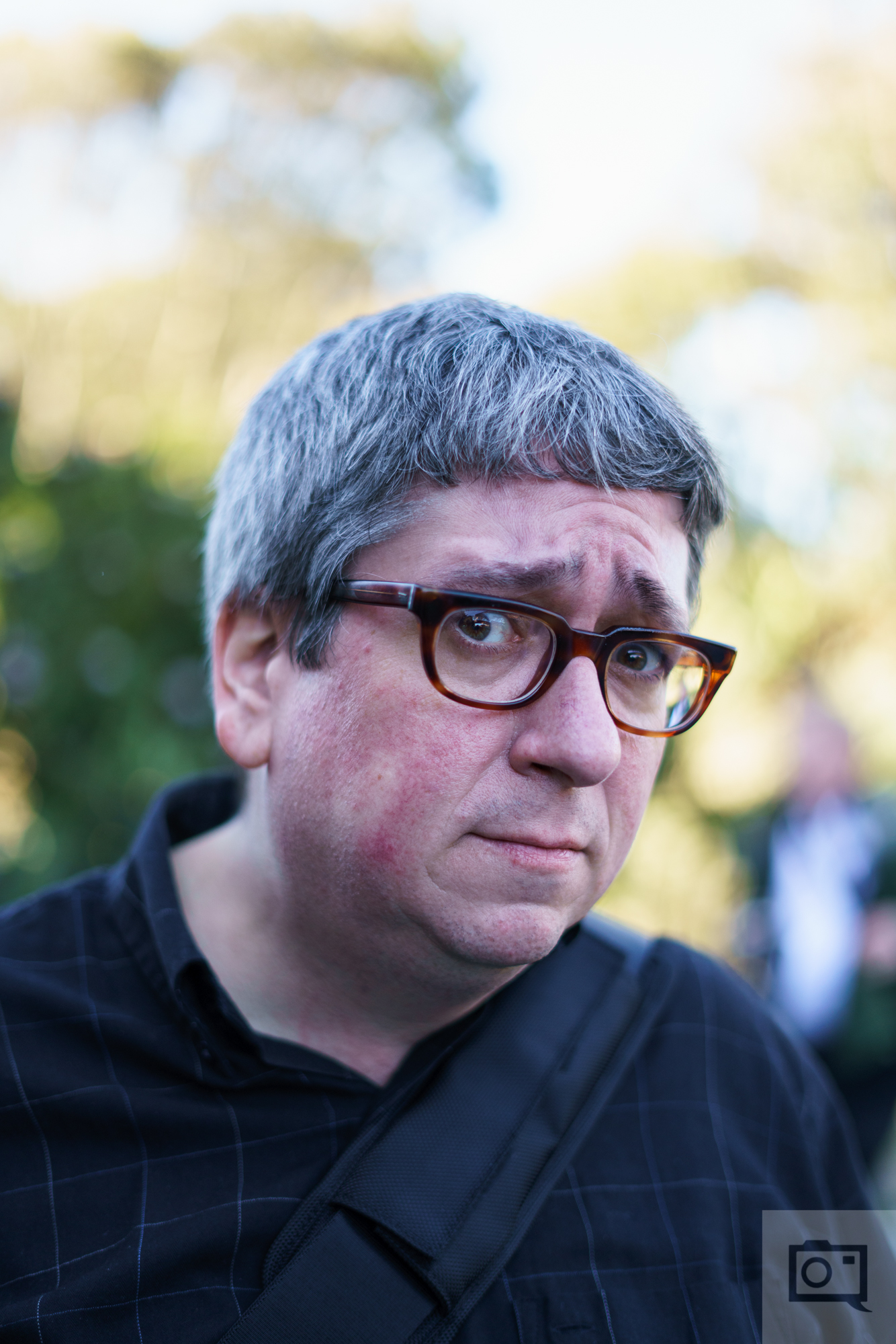Last Updated on 03/05/2020 by Mark Beckenbach
Sony’s 50mm f1.8 for the full frame E mount cameras is one of the lenses photographers waited a while for. When it was launched, it made everyone ecstatic. The system finally had its nifty 50 and would make loads of photographers very happy. As the first lens full frame 50mm lens designed for Mirrorless cameras with autofocus, it’s bound to be exciting.
So how is it? If you’re a Sony user, you’ll probably want to get one.
Pros and Cons
Pros
- Pretty decent image quality
- Affordable
- Small
- Fast to focus in good lighting
Cons
- Autofocus is very slow in low lighting even with the a7r II
- Autofocus is a bit louder than we’d personally like, though it’s still pretty quite in real life use
Tech Specs
Here’s some info taken from the spec page:
| Features | |
|---|---|
| Autofocus | Yes |
| Physical | |
|---|---|
| Filter Thread | Front: 49 mm |
| Dimensions (DxL) | Approx. 2.70 x 2.34″ (68.6 x 59.5 mm) |
| Weight | 6.56 oz (186 g) |
Gear Used
The Sony 50mm f1.8 was used on the Sony a7 and Sony a7r II along with Godox flashes.
Ergonomics
Taken from our first impressions post
The Sony 50mm f1.8 for a7 series cameras is a small lens overall in the same of compact prime lenses, but it’s not as small as the 35mm f2.8 or the 28mm f2. For what it’s worth, it also has a much larger lens hood and a bigger focusing ring on the body.
Like much of the Sony glass, the 50mm f1.8 is devoid of controls. For the most part, what you’re going to have to do is work with it via the camera’s menu system. But that makes a lot of sense for who this lens is targeted toward.
When you remove the lens hood, the package becomes much smaller overall. The exterior has a smooth, plastic-feeling body with the exception of the rubber focusing ring.
On the front, the lens packs a 49mm filter thread for your favorite filters.
In Comparison
The closest thing that you can relate this lens to is the Sony 55mm f1.8 lens. In comparison, both lenses are designed and look fairly similar with the exception of the 50mm f1.8 being short and stubby and the 55mm being leaner and taller. Ergonomically speaking, your experience may vary depending on how big your hands are. I personally find myself wanting to reach for the 50mm f1.8 instead.
Quite obviously, the Sony Zeiss 50mm f1.4 blows this lens out of the water in pretty much every way except in size.
Rating
Sony’s offering is overall a very standard 50mm f1.8 lens. You’ll get what you pay for when it comes to the ergonomics.
Build Quality
The Sony 50mm f1.8 FE lens is made of a plastic-feeling exterior and not being a G master lens, it doesn’t have weather sealing. Also keep in mind that there are no controls on the body itself.
In Comparison
When you compare it to the company’s 55mm f1.8, you start to see a bigger difference. The 55mm is made of metal on the outside, where you clearly see the dent on it. The 50mm f1.8 has a plastic exterior and doesn’t have the dust and splash proofing that the 55mm lens does.
Rating
Let’s be honest here, no 50mm f1.8 lens is built well.
Autofocus
Initially, I got a couple of minutes to play with the lens on the Sony a7r II, and in the great lighting that we were in, I was really stoked to say that it focuses quickly overall as you can see in the video.
But in low light situations, that performance really changed.
In very low lighting, the Sony 50mm f1.8 is extremely slow to focus. To help a friend out, I recently shot a gig at Speakeasy Dollhouse. At certain points, the focusing was so slow with both the Sony a7 and a7r II that I yearned for my Canon 6D’s strong center focusing point and recomposing on the fly. At least I’d get the shot–but I indeed missed a bunch to be bad enough that when you look at the image as a whole, that you’d be angry about it.
If focusing is off by a centimeter and we’re not pixel peeping, no client is going to care very much.
Earlier on in my testing, I found the autofocus to be very loud and so I contacted Sony about it questioning what was going on. When I cleaned the contacts with Isopropyl alcohol, all was fine. When shooting events and switching lenses at times, you’ll want to remember to bring it along with you. Even so, in extremely low lighting it’s still going to be a bit slow to work with.
In Comparison
Due to its significantly better build quality and more advanced motors, the autofocus on the 55mm f1.8 will be quieter, faster and more reliable. This helps justify its nearly 5x higher price point.
Rating
In good lighting, this lens sings with excellence. In low lighting, meh. There are far better options out there.
Ease of Use
Considering that this is a standard Sony lens, you’re essentially slapping the lens on, focusing and shooting. It’s very straight forward as it has been with Sony’s products for a while. To that end, you may not even really be paying attention to the focusing ring unless your in DMF mode when shooting.
In Comparison
The 55mm f1.8 operates the same way; the Sony Zeiss 50mm f1.4 has an aperture ring that can make things more complicated to work with.
Rating
Using this lens is as simple as slapping the lens onto the camera, pointing, choosing a focusing point, focusing and shooting. It’s a joy to use, except, you know, in low light.
Image Quality
Generally speaking in terms of nifty 50 lenses, you can’t really get much better here. Sony’s 50mm f1.8 is right up there with the Canon 50mm f1.8 in terms of image quality. It’s got great color output, is very sharp, very little chromatic aberration (and even then you’ve really got to look for it) and bokeh that isn’t bad overall.
For $250, it’s hard to beat.
Bokeh
Generally speaking the bokeh on the 50mm f1.8 is pretty nice. You won’t have any major issues with it at all and considering that it’s a $250 lens, you’ve got no major reason to be complaining.
Color Rendition
Provided that you’ve white balanced correctly, you’ll get great colors from this lens overall. What it does with skin tones is quite nice.
Chromatic Aberration
In my tests, I couldn’t find anything that majorly stood out to me when it came to purple fringing, distortion, etc. You won’t either, which is kind of rare for a 50mm f1.8 lens.
Sharpness
The best sharpness that you’ll get from a lens like this will come when you use a flash. It’s quite sharp, but Sony surely has sharper lenses in their lineup.
Extra Image Samples
In Comparison
The lens that you’re going to most likely want to compare this to is the 55mm f1.8 when it comes to image quality. That lens will exhibit less distortion and slightly better bokeh on top of sharpness. But that’s just a given honestly.
Rating
When you consider everything that you’re getting at this price point, the 50mm f1.8 performs very well in terms of image quality. It’s probably the full frame E-mount’s softest lens overall, but that’s still saying something considering just how good they all are overall and the fact that it’s the most affordable.
Conclusions
Likes
- Affordable
- Small size
- Great image quality considering the price
Dislikes
- Autofocus in low light
The Sony 50mm f1.8 for the full frame E mount system is a beautiful lens when it comes to image quality. Like other 50mm f1.8 lenses, that’s its strongest feature. That’s not to say that it’s at all bad though, but it’s understandably lacking in other aspects that we’re used to.
If you keep that in mind, you’ll be very happy.
The Sony 50mm f1.8 lens receives four out of five stars. Check out Amazon for the latest pricing.



